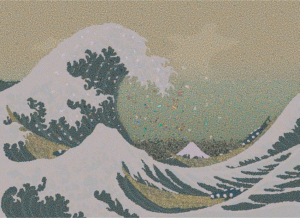 For decades, the oceans were an overlooked domain when it came to environmental awareness. Extinction, it seemed, was something that happened on land and pollution, primarily anyway, was a fate for air, lakes and rivers. That was observation bias, of course: we spend most of our time on land, breathing air and drinking fresh water, so naturally we noticed those befoulments first.
For decades, the oceans were an overlooked domain when it came to environmental awareness. Extinction, it seemed, was something that happened on land and pollution, primarily anyway, was a fate for air, lakes and rivers. That was observation bias, of course: we spend most of our time on land, breathing air and drinking fresh water, so naturally we noticed those befoulments first.
No longer. Tales of oceanic woe wash ashore with great regularity now, but few can match the media splash made by plastic pollution, most famously in the form of the Great Pacific Garbage Patch. Imagine: A floating, Texas-sized island of wildlife-choking trash bobbing menacingly smack in the middle of the North Pacific.
The garbage patch media event has already contributed to plastic bag bans in San Francisco and elsewhere, and has both led to and been reflected in the improbable spectacle of at least two different awareness-raising voyages in vessels constructed of cast-off plastic water bottles, complete with a clownish battle over rights to the ship’s name “Plastiki.” Even Oprah Winfrey joined in, calling the Great Pacific Garbage Patch “the most shocking thing I have seen.”
Does it matter then that it isn’t the size of Texas, and isn’t a floating island of trash or even, really, a patch?
Not really—or at least, it shouldn’t matter. So why did Angelicque “Angel” White, a marine microbiologist from Oregon State University, issue a press release last week minutely calling out the hyperbole? White makes the source of her pique clear in a helpful interview at Randy Olson’s equally helpful blog, The Benshi: “I think it’s a very sad commentary on the state of the U.S. that you have to be made to think of an island of trash in the oceans before you can be convinced to change your day-to-day actions.”
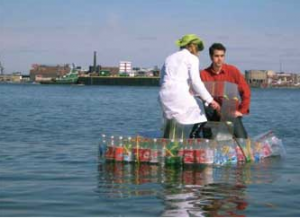
Well, yes. But it may also be a true commentary. I’m hardly condoning exaggeration in science, journalism or environmental awareness campaigns—and I’m relieved to see that I didn’t refer to Texas or islands when I first wrote about the issue back in 2002. But I also remember that I spent several weeks trying to find a single mainstream scientist who was studying the issue, eventually tracking down one group in Japan and another researcher, if I remember right, on one of the sub-Antarctic islands. Now, there are at least two on my corridor at work.
My point? It took a lot of shouting (mostly by one Capt. Charles Moore of Long Beach, Calif.—and he’s no dealer in hyperbole, either) to get anyone to pay attention to what is a legitimately horrifying issue. We’re left with a classic Catch-22 situation: Problems discovered through careful observation and the slow accumulation of data are ignored until some determined soul, or souls, comes up with a dramatic image or flashy metaphor to inflame human passions. And once those passions are inflamed, it becomes all too easy for careful, data-accumulating scientists to shoot it down.
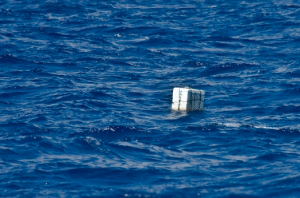
Here’s the reality: We humans churn out perhaps a hundred billion pounds of plastic each year, most of it derived from natural gas or petroleum and much of it used for a day or a week or a year and then tossed. That petrochemical flotsam has been accumulating in the great ocean gyres ever since—and not just in the North Pacific—swirling with the vast central currents of ocean circulation and slowly breaking down into smaller, potentially more toxic bits that float anywhere from the surface to many meters down, depending on their native density and how many marine organisms have attached themselves to a rare bit of firm surface in the open sea. It appears to be mixed throughout the global ocean, and tends to accumulate where slow, circular currents dominate the surface flow, such as in the vast center of each of the five major ocean basins.
The immediate toll on sea life is substantial. Whales, seals and great fish are snared by cast-off “ghost” fishing gear, turtles mistake floating plastic bags for jellyfish, and real jellies ingest smaller bits still as though they were so many tiny fish eggs.
In most places, however, the material is diffuse, and visitors to the “patch”—not a large group of people—are surprised at first by how little plastic they see. Lindsey Hoshaw, a young journalist and former student of mine, accompanied Moore to sea in 2009. Her photographs make the point well: we see a few big chunks of plastic in a wide blue sea, many covered with barnacles, algae and other surface organisms, and lots of tiny fragments that you probably wouldn’t notice unless you were looking for them with a plankton net and a microscope.
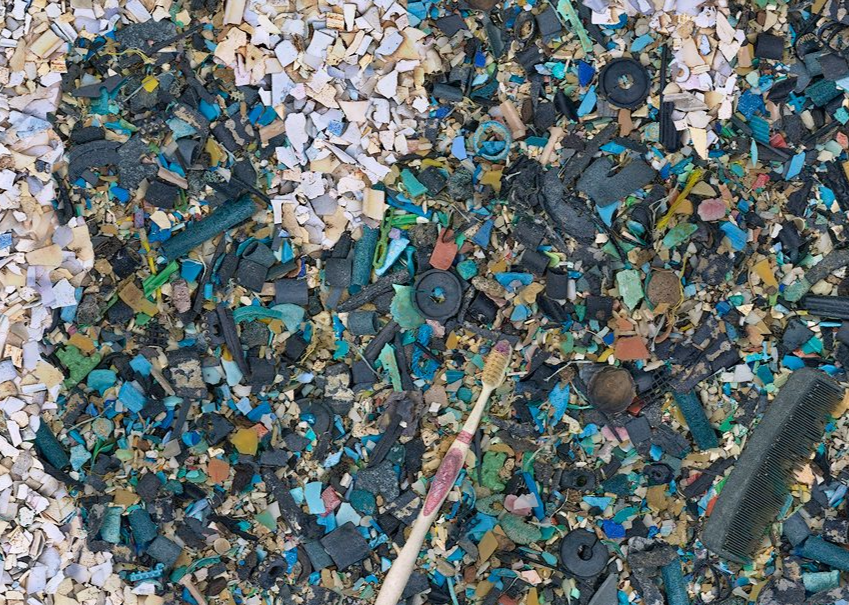
So, not a garbage island. But here’s one reason why that doesn’t matter: Sea creatures and ocean currents are both by their nature great accumulators and concentrators of diffuse things. The photographic evidence of seabird carcasses found on distant atolls, with tangles of weathered lighters and toothbrush handles gathered from across the open ocean and crammed lethally where their viscera used to be, is much more startling than any island of trash could be, and far too dispiriting to post here. But the deepest damage may be happening at a much finer scale—at the microscopic base of the marine food web. That’s where White works, and in my opinion, that is time very well spent indeed.
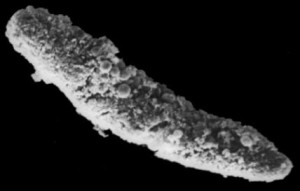
Ultimately, the descriptive hyperbole is a shame—just as the scientific ignorance was before it. (On that one I’ll take my share of the blame. In a previous lifetime, I spent many hours towing plankton nets through ocean water, and sorting through the captured crud under magnification. I was looking, I hesitate to admit, for fecal pellets—microscopic plankton turds—and had to sort through no small number of plastic chips and flecks along the way. I didn’t have the good sense or imagination then to realize that the plastic debris I tossed aside was more than an impediment to my work.)
But here’s why White’s sad commentary may not hold. As soon as people hear about plastic trash in the oceans, they want to know what they can do to help. Plenty of them want to charter boats to go pick it all up, in fact, which would be a lot easier if it were actually a big island. Filtering the entire ocean is a much harder task, as diffuse problems tend to be, and solving this one will probably mean nothing short of a full rethink of our relationship to plastic. It would certainly help if more scientists threw themselves into searching for solutions, though. And it sure wouldn’t hurt to ban a few more plastic bags. Taking a reusable sack to the grocery store may be less exciting than salvage expeditions on the high seas, but it’s a heck of a lot easier, too.
* * *
Image credits, from top: Chris Jordan, unknown, Jeffrey Ernst, and Chris Jordan again.